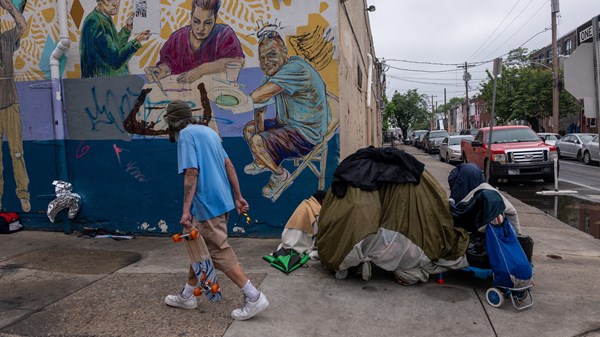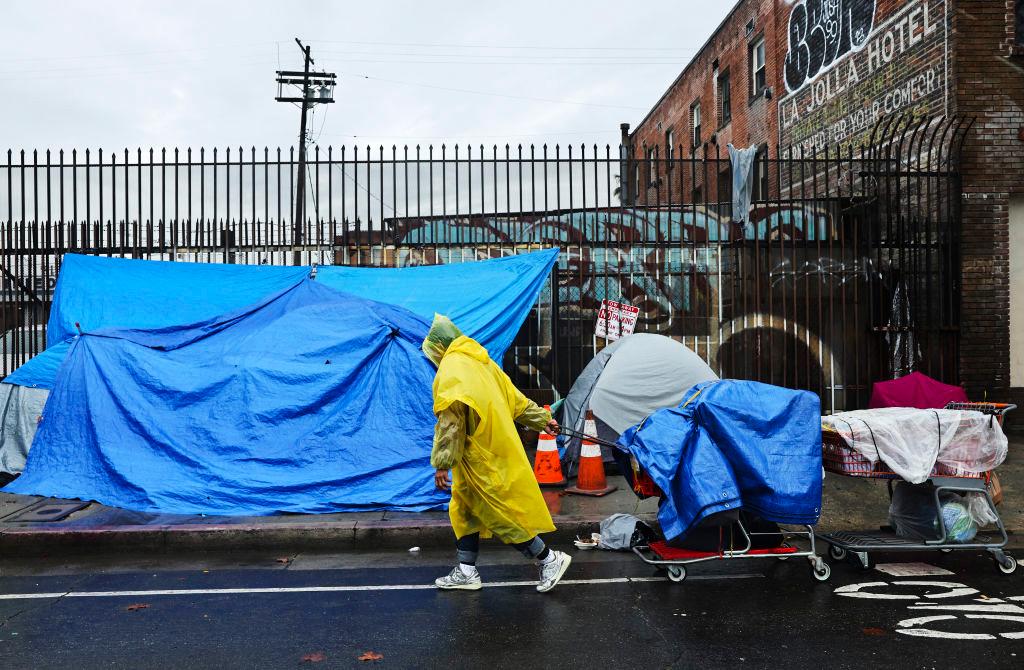US: Faith-Based Shelters Struggle to Keep Up with Surging Homelessness: A Growing Crisis

As Lea Burrell, the Bowery manager, faced a crowd of hopefuls at the shelter’s entrance, one woman’s poignant question echoed the desperation of many: “Am I on the list?” This scene, emblematic of the current homelessness crisis, highlights the growing demand for shelter and services amid surging economic pressures.
Inside the Bowery Mission, a new security guard was moved to tears by the sight of the line. Despite the shelter’s standby list, this was a “light” day. In January alone, the mission saw a 40 percent surge in people seeking refuge and sustenance. Busloads of migrants exacerbated this surge, yet the organization adapted by adding 16 more beds, totaling 148 for men and women. Despite this adjustment, the overall demand remains high, not solely due to migrants but largely from domestic economic struggles.
This trend is mirrored nationwide. According to Tom De Vries, CEO of Citygate Network, which represents over 300 faith-based shelters, “Nationally, what we’re seeing is that the highest area of homelessness is single moms and children.” De Vries attributes this rise to inflation and a lack of community support, compelling more missions to open shelters for women and children.

Homelessness in the U.S. has reached its highest level since the Department of Housing and Urban Development (HUD) began its yearly “point-in-time” metric in 2007, with a 12 percent increase last year to 653,000 people needing shelter. Christian organizations, which provide about 75 percent of emergency shelter beds according to estimates, face immense strain on their resources. For instance, St. Matthew’s House in Florida has seen a 52 percent increase in shelter seekers since 2022, driven not by migrants but by those grappling with the cost of living.
The issue is complex, with multiple factors driving the increase. Bruce Butler, CEO of Union Gospel Mission Dallas, likens shelters to “emergency rooms at the hospital,” emphasizing that the long-term healing work happens through comprehensive services like mental health treatment, addiction recovery, and job training. Despite Dallas seeing a rare decrease in homelessness due to its affordable living costs and effective collaboration between organizations and local government, the demand for shelters remains high.
The Supreme Court’s decision in City of Grants Pass, Oregon v. Johnson, allowing local laws that criminalize sleeping in public spaces, is expected to further strain shelters. St. Matthew’s House, anticipating the impact of a new Florida law against outdoor sleeping, is working with local authorities to find solutions for the increased need for beds.

At the Bowery Mission, the intake process is a lifeline for many. Despite strict rules and hours, the mission maintains a waitlist due to its safer and cleaner environment compared to city shelters. Burrell acknowledges the limitations, saying, “We’re not ending homelessness. But we can transform lives, so they come here and don’t leave the same.”
The rise in homelessness demands a multifaceted response. While shelters provide immediate relief, the underlying issues—rising living costs, mental health challenges, and a lack of community support—require systemic solutions. Faith-based organizations, despite their significant contributions, are stretched thin and in need of volunteers, donations, and prayers to continue their vital work.
Ultimately, addressing homelessness requires a comprehensive approach that combines immediate shelter with long-term support and systemic changes. Only through concerted efforts can we hope to transform lives and offer lasting solutions to those in need.
News Report Culled From:
https://christianitytoday.com/news/2024/july/homelessness-record-cost-of-living-supreme-court.html




